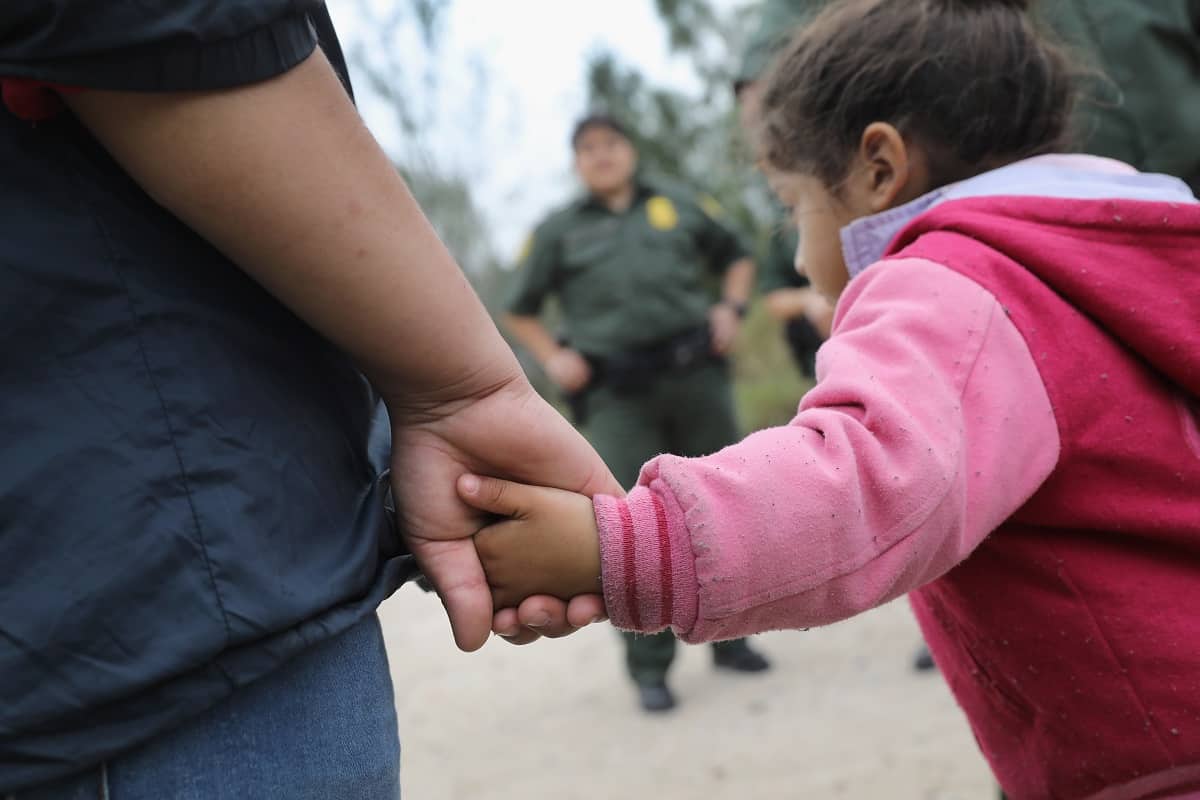Hundreds of men, women and children gathered early Saturday morning in the parking lot of San Pedro Sula’s main transit hub, on the edge of the northern Honduran city.
Before the sun rose, many had already departed on foot, carrying the few belongings they had in backpacks or bags towards Corinto, a small Honduran border town on the other side of the mountains.
While their final destination is the United States, their main goal is “a better future for their family,” said a Nicaraguan who provided only his first name, Ovaldo.
Originally from the Nicaraguan capital Managua, he lamented that the situation in his country “is quite difficult,” and his family faced “a very hard road.”
He was accompanied by about 500 other migrants from a variety of countries including Honduras, Haiti, Venezuela and Nicaragua. Some had even crossed the ocean from Africa.
They will join a nearly endless flow of people attempting to cross into Guatemala, then Mexico and ultimately the United States — which most will not manage to do.
At the Corinto border crossing, the group had arrived all together but broke into smaller groups to go through Guatemalan immigration.
Those who were missing identification or proof of a negative Covid-19 test were sent back into Honduras, according to an AFP photographer on the scene. Migrants who do make it past will still have more than 1,200 miles (2,000 kilometers) until the US border.
Guatemalan authorities said about 150 people entered the country at unauthorized crossings because they lacked the papers to get in.
A group of about 100 migrants who got past immigration controls were stopped in the jurisdiction of Izabal, near the border, where they threw stones and blunt objects at security forces.
The clashes injured a dozen officers who were trying to get the migrants to turn back, officials said. The last caravan to leave San Pedro Sula was in January 2021, and contained about 7,000 people.
It was broken up in Guatemala, when hundreds of soldiers attacked the migrants with sticks and tear gas, forcing them to return to Honduras.
Migrants in Saturday’s caravan said they were risking the dangerous journey for multiple reasons: to escape violence from drug traffickers and gangs, but also to start anew after natural disasters such as floods and droughts upended their lives.






